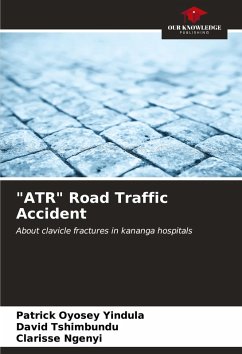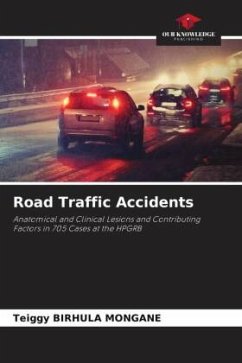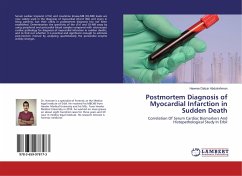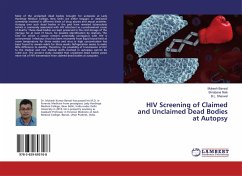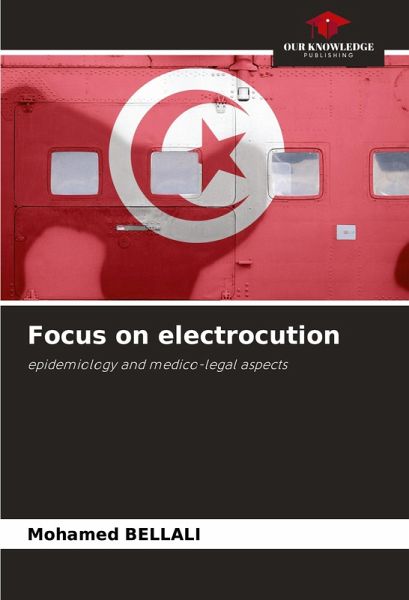
Focus on electrocution
epidemiology and medico-legal aspects
Versandkostenfrei!
Versandfertig in 6-10 Tagen
40,99 €
inkl. MwSt.

PAYBACK Punkte
20 °P sammeln!
The aims of our study were to describe the epidemiological profile and lesion characteristics of the victims, in order to suggest avenues for improvement in terms of prevention. This was a retrospective descriptive study carried out over a period of 4 years, covering all cases of death by electrocution whose bodies had undergone a forensic autopsy. We collected 126 cases of electrocution. The cases were predominantly male, with a sex ratio of 9.5. The average age was 39.68 years. 61.1% of those electrocuted were manual workers. Accidental electrocution was the most frequent form (97.6%). High-...
The aims of our study were to describe the epidemiological profile and lesion characteristics of the victims, in order to suggest avenues for improvement in terms of prevention. This was a retrospective descriptive study carried out over a period of 4 years, covering all cases of death by electrocution whose bodies had undergone a forensic autopsy. We collected 126 cases of electrocution. The cases were predominantly male, with a sex ratio of 9.5. The average age was 39.68 years. 61.1% of those electrocuted were manual workers. Accidental electrocution was the most frequent form (97.6%). High-voltage current was responsible for 52.5% of electrocutions. In 64.3% of cases, the causal agent was an exposed cable. The majority of victims died within the first 24 hours (79.4%). No victims were medically transported. A definite diagnosis of electrocution is often difficult. It relies on the combination of anamnesis data with autopsy findings and complementary examinations. Prevention requires accurate diagnosis.






